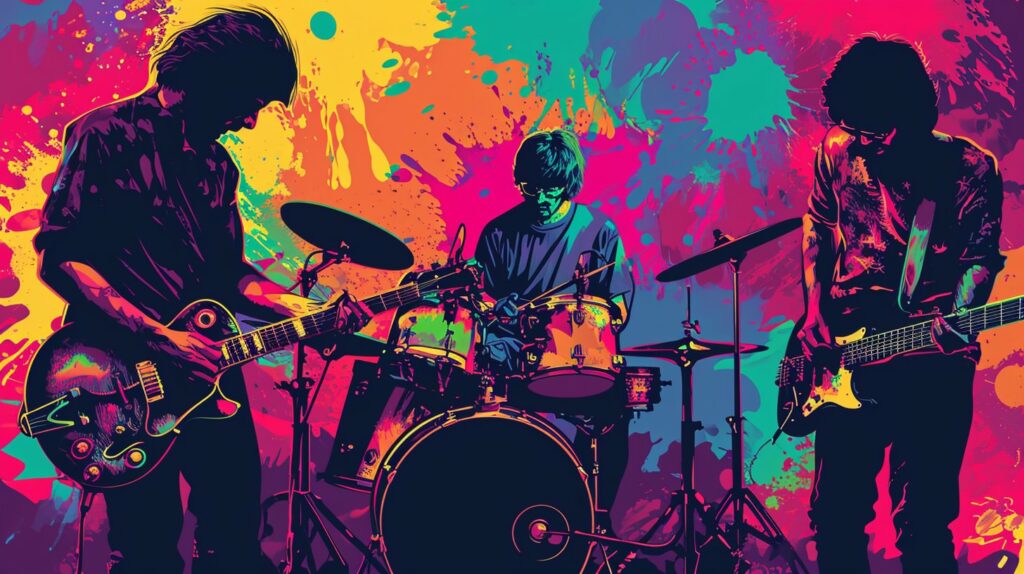What is Jamming in Music?

Jamming in music is a dynamic and multifaceted concept that encompasses both casual musical gatherings and the intricate art of improvisational playing. Originally stemming from the jazz world, this practice has been popularized by groups like the Grateful Dead and Phish, and has since influenced a myriad of bands across genres and regions.
The Essence of Jamming: From Casual to Complex
At its core, jamming is about musicians coming together to play. This can be a casual, informal session among friends or a more structured rehearsal. Regardless of the setting, jamming serves as a crucible for creativity, skill enhancement, and musical exploration.
The Improvisational Art
Improvisational jamming, pioneered by jazz musicians, is where the true complexity of jamming lies. It’s an art form characterized by spontaneous creation, where musicians intuitively respond to each other’s rhythms, harmonies, and melodies.
This technical aspect of jamming, involving a deep understanding of musical elements, is what sets apart bands like the Grateful Dead and Phish. Their legendary improvisations weren’t just long, free-form jams; they were intricate musical conversations, showcasing a mastery of rhythm, harmony, and melody.
Beyond the Grateful Dead and Phish: A World of Influence
While the Grateful Dead and Phish are quintessential examples, the influence of jamming extends far beyond them. Bands like Umphrey’s McGee and The String Cheese Incident in the United States, as well as international acts like Shpongle and Ozric Tentacles, have embraced and adapted the jamming ethos, infusing it with elements from rock, electronic, and world music.
The jam band landscape is continually evolving, with a number of up-and-coming bands making waves in recent years. Bands like Goose, known for their eclectic blend of folk, funk, and rock, are gaining popularity for their energetic live performances and unique sound.
Historical Context: The Evolution of Jamming
Tracing the origins of jamming back to early jazz, we see a progression from small, smoky jazz clubs to massive arena shows. Jazz musicians laid the groundwork for this improvisational style, which was then adopted and transformed by rock musicians in the 1960s and 70s.
The Unique Dynamics of Jam Bands and Their Followers
The culture surrounding jam bands is as fascinating as the music itself. Followers like wooks, spunions, custies, and trustafarians are more than just fan groups; they are part of a unique ecosystem that influences and is influenced by the music.
There’s a symbiotic relationship between the audience and performers, especially during live shows, where the energy and response of the crowd can steer the direction of a jam, creating a dynamic, interactive musical experience.
Conclusion
Jamming in music is a practice that blends casual musical gatherings with the sophisticated art of improvisation. Its roots in jazz have branched out into a wide array of genres and cultures, influencing numerous bands and creating a unique community of followers.
Understanding the technical aspects, historical context, and audience dynamics enriches our appreciation of this diverse and evolving art form.